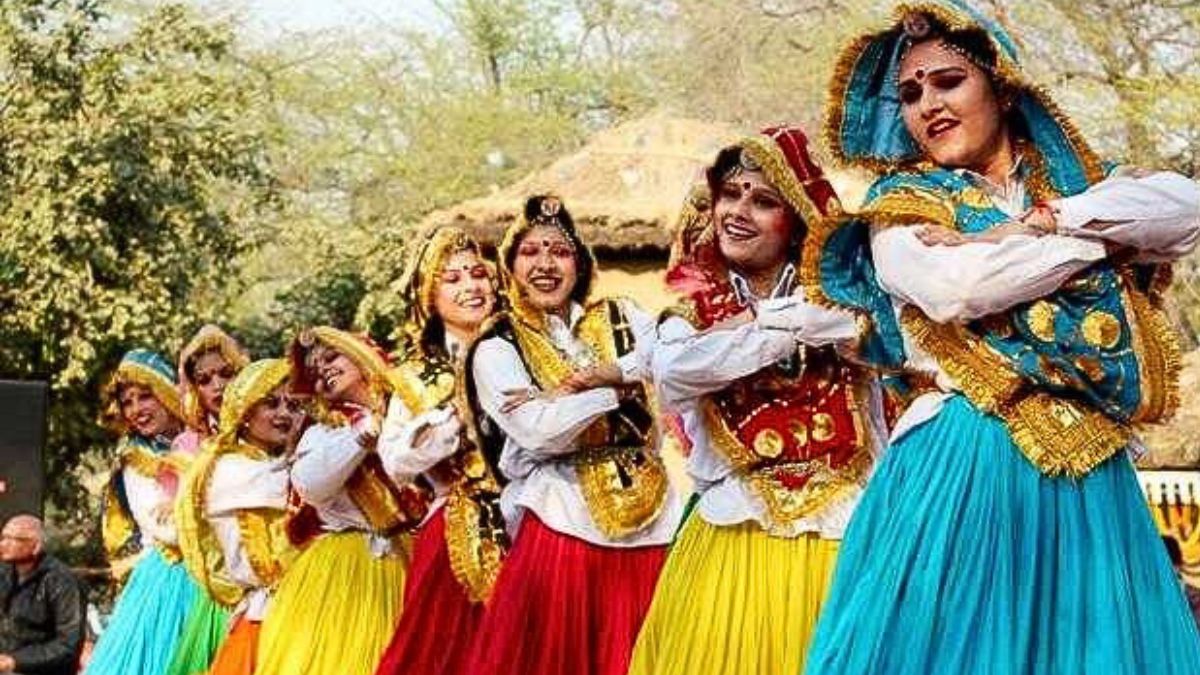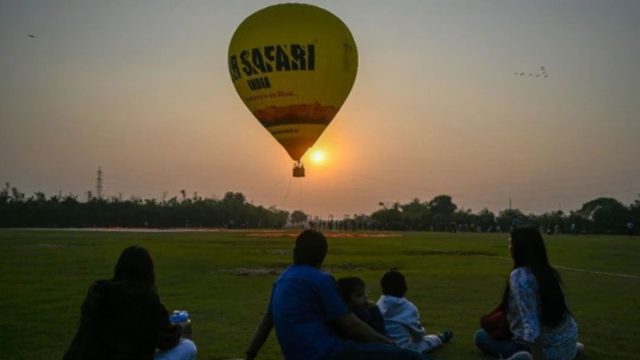Haryana, known for its robust agrarian traditions and vibrant folk heritage, is facing a quiet cultural erosion. Several once-prominent practices are now teetering on the edge of extinction due to modernization, migration, and shifting lifestyles. Below are the top 5 Haryana cultural practices that are about to extinct, presented with historical context and current status.
1. Rasa Lila Performances in Haryana’s Braj Region Are Dwindling
Rasa Lila, a traditional devotional folk dance drama portraying the divine love of Radha and Krishna, once flourished in Haryana’s Braj-influenced regions such as Palwal, Nuh, and parts of Faridabad. These performances, staged during Janmashtami and Holi, were a vibrant blend of storytelling, music, and community bonding.
Why It’s Disappearing:
Younger generations show declining interest, and digital entertainment has replaced live performances. Additionally, lack of funding and patronage has made it unsustainable for local performers.
2. Traditional Phulkari Embroidery of Haryana Losing Its Roots
Though widely associated with Punjab, Phulkari embroidery has deep roots in northern Haryana, especially in Ambala, Kurukshetra, and Karnal. Women traditionally embroidered Phulkari shawls and dupattas for weddings and festivals, with motifs reflecting their identity and region.
Why It’s Declining:
Mass-produced machine embroidery and fashion market trends have reduced the demand for authentic hand-stitched Phulkari. The artisanal skill is no longer passed down, threatening its survival.
3. Jat Ritual Ballads and Oral Histories Are Vanishing
Jat communities in Haryana historically preserved their family lineages and clan valor through oral ballads known as ‘Veer Gathas’ or heroic tales. These were sung by family elders or itinerant bards during social gatherings or rituals.
Why It’s Fading:
Urbanization, nuclear family structures, and lack of formal documentation have led to the near-extinction of this oral tradition. Very few elders today remember the full narratives, and younger members show little interest.
4. Saang Folk Theatre of Haryana on the Brink of Extinction
Saang (or Swang), a dramatic folk art form combining music, acting, and social commentary, was once central to Haryana’s cultural identity. Saang troupes performed epics, religious tales, and even stories of local heroes like Amar Singh Rathore in open-air gatherings.
Why It’s Endangered:
Saang requires months of training, ensemble collaboration, and community support. With shrinking rural audiences and no financial support, many troupes have disbanded. Modern media has eclipsed its appeal among youth.
5. Haryana’s Traditional Wedding Songs (Shaadi Geet) Are Dying Out
Haryanvi weddings were once filled with Shaadi Geet, folk songs sung by women at every stage—from haldi to vidaai. These songs carried emotional depth, humor, and sometimes subtle social commentary.
Why They’re Disappearing:
Today’s weddings are dominated by DJs and Bollywood music. Professional singers are hired instead of women from the family, and the younger generation rarely knows or sings these traditional compositions.
The cultural extinction in Haryana is not just about disappearing art forms; it’s a loss of identity, heritage, and ancestral wisdom. While some efforts by NGOs and cultural academies exist, broader awareness, documentation, and inclusion in educational curricula are essential to revive these treasures before they are lost forever.




